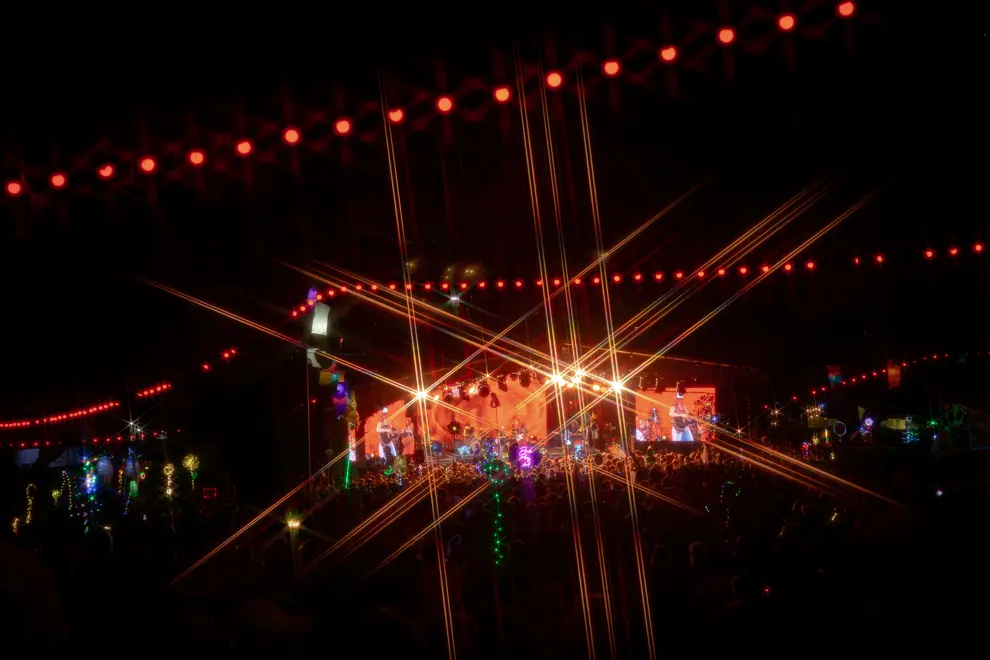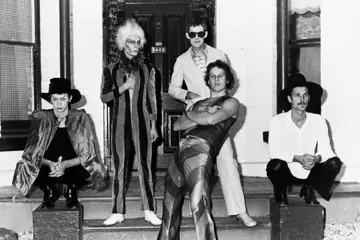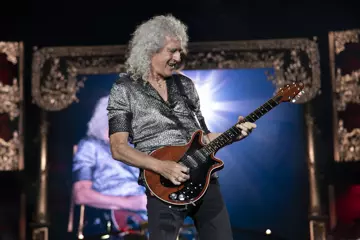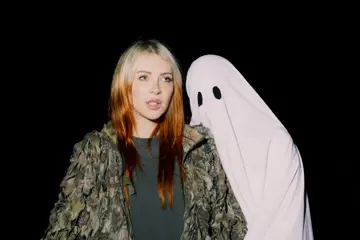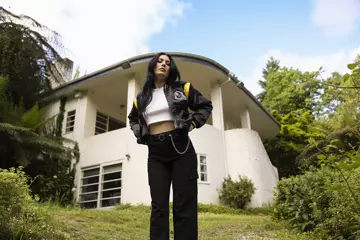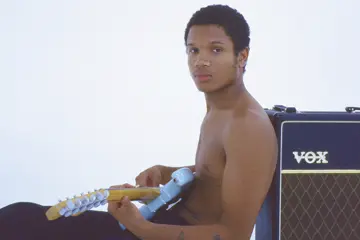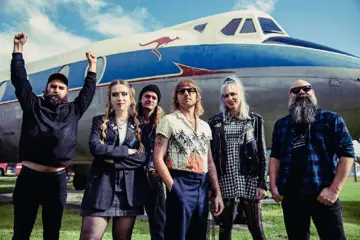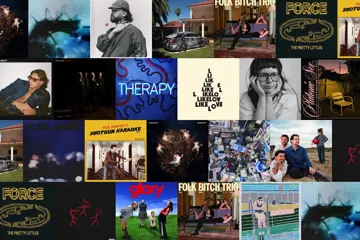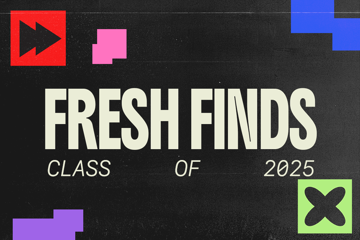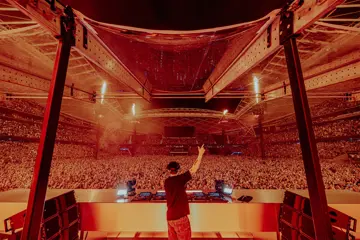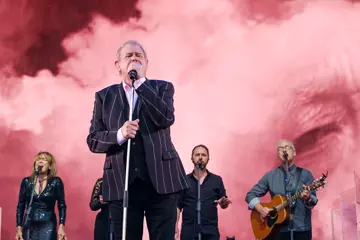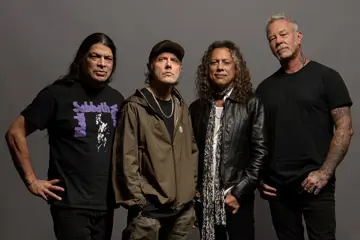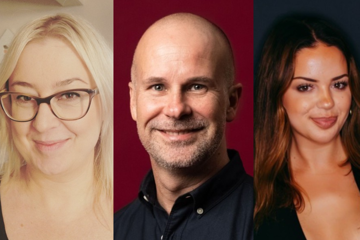A new report from global music video network Vevo has signalled to brands how the passion and self-identification of music superfans has a strong economic impact that goes past merchandise and streaming subscriptions.
Sourced through the Vevo Media Tracker (along with Vevo’s own viewership data and internal analytics), the report, Fandom = Cultural Currency, surveyed 6,101 respondents from Australia, the US and the UK.
Vevo claims 11.74 million viewers a month in Australia. It reached the 100 million milestone in the US eight years ago. It says that despite its content making up less than 1% of YouTube’s, it reaches 57% of YouTube viewers every month.
Australian data shows that music has overtaken sports as the #1 passion for Gen Z. Among the 18— 24 demo, 50% identify as music fans, while only 31% identify as sports fans.
Yet the report indicates that there should be no rivalry between music and sports. In fact, the way the music industry has learned from the gaming industry can also take tips from how sporting codes monetise their followers’ passion.
Don't miss a beat with our FREE daily newsletter
Cricket Australia, for instance, achieves record attendance of 2.4 million a year through a customer-centric culture, personalised experiences and deep customer connection.
The AFL flexes its tech ring of fire to ensure its marketing reaches supporters in minutes.
The Vevo report shows that in all three countries, music superfans are about crossovers and open to efforts that encourage them to spend. About 68% of respondents “feel the connection” between music and movies and TV, followed by clothing at 51% and sports at 45%.”
It also shows that geography – being physically close to the three countries included in the report – plays a major role in consumption patterns. In Australia, 48% of K-Pop and J-Pop fans have a strong attraction to viewing videos by their artists.
UK viewers are keen on Afrobeat, and regional Mexican viewers are strong in the United States.
About 60% are more likely to spend money with brands that align with their favourite artists or fan communities. 66% will consider purchasing from brands advertising around music videos.
64% are more favourable towards brands connected to musicians and the music industry.
“Fandom today is more than a personal interest, but a cultural signal,” says Natasha Potashnik, Head of Data, Research & Measurement at Vevo.
“It’s how people express who they are, what they stand for, and where they belong. Music videos are at the centre of this expression, offering fans a canvas for identity, representation, and connection.
“The findings in this report help us understand how those connections translate into real-world influence – especially in regards to the Vevo business, which partners with both advertisers and artist teams looking to strategically align with these moments and create lasting impressions.”
Vevo paints music videos as cultural currency and central to fan engagement.
The study says 83% of recipients see these as essential to pop culture, 76% reckon they are diverse and representative of the world around them, and 64% describe them as reflective of all parts of their identity.
Fans cite music as making them feel more connected to the world than sports, news, or gaming (65%).
According to Vevo, there’s a path from music fandom to consuming that runs from watching videos on streaming apps (52% of fans do this), to searching on social media (44%), revisiting favourite content (35%) and finally purchasing licensed products (27%).
The report indicates how brands can take advantage of fans' devotion to music. It found that 69% were more likely to spend on brands supporting their communities; two in three were swayed by ads around music videos; and 64% of fans were more favourable to brands aligned with artists and the industry.
A US Lady Gaga fan was quoted in the report as saying, “There have always been super fans of artists, but social media enables people to use their fandom as a label for themselves, share more easily and crossover categories…
“Like photos of someone wearing makeup or fashion that’s linked to a particular artist or an artist singing the national anthem at a sports event. That crossover effect is always happening.”
The report cites how Beyoncé‘s Cowboy Carter album sparked a craze among her fans (and others) for country clobber across fashion, TikTok, and second-hand platforms, while Gracie Abrams was genuinely startled that fans were starting to wear white bows at her concerts after her appearance in a Chanel campaign.
Other reports have quantified these sales.
According to New Wave Magazine, “Google searches for cowboy jackets climbed over 600%, flared jeans up 372%, and interest in suede, double denim, and chocolate calf-high boots also rising in tandem.”
Fast-fashion giants such as Shein, Boohoo and PrettyLittleThing “uploaded fresh runs of denim corsets, snap-button shirts, and rhinestone belts before the tour.”
Fashion house Chanel’s SS25 pre-collection campaign starring one of its ambassadors, Gracie Abrams, showed her wearing a large white bow in one of the images. It was quickly picked up by fans at her shows,
Film director Sofia Coppola, who served as Artistic Director of that campaign, told the singer after attending one of her concerts, “I didn't know your bow was a thing. I was looking around, and the room was full of girls with bows... it felt like a secret society.”
Vevo also noted the crossover effect in TV and movies. When Netflix released the American sports docuseries America’s Sweethearts: Dallas Cowboys Cheerleaders in June last year, views of AC/DC‘s Thunderstruck music video jumped 55% globally.
After Saltburn debuted in December 2024, Sophie Ellis-Bextor‘s Murder On The Dancefloor saw a 541% surge in views globally.
A Foo Fighters fan from Australia said, “I’ve discovered new artists through movie soundtracks. Or when a good song is written for a specific film by a band I like.”
Live events also spark video consumption. Artists performing at Coachella’s two 2025 weekends received 44.9 million music video views on Vevo, said the report.
When Oasis announced their reunion tour, UK viewership surged 559% the week of the announcement, with an 805% spike on the day of the announcement. By the time tickets became available, views surged 718%.
Vevo’s report highlighted how music videos are central to fan engagement, with 83% of respondents saying they “play an important role in pop culture.” A total of 76% of the respondents agreed that music videos are diverse and representative, while 64% said music videos “authentically reflect all parts of [their] identity.”
A US fan of Chappell Roan said: “Chappell Roan has a cool persona and a really fascinating kind of aesthetic and artistic vision… Also, her openness in being a part of the LGBTQ community is really appealing to me.“
“As media consumption becomes more fragmented, fandom remains a unifying force,” added JP Evangelista, SVP, content, programming & marketing, Vevo. “For artists, it’s the foundation of career longevity. For brands, it’s a gateway to relevance. Whether you’re an artist planning a release or a brand looking to engage audiences, understanding fandom is essential to building lasting connections.”
See the Vevo report here.

